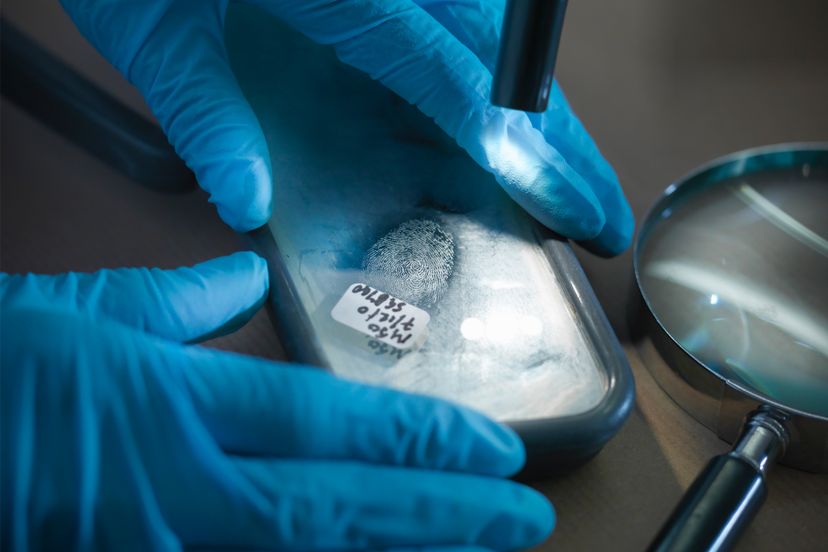
About This Quiz
Sure, you may watch a lot of TV crime dramas, but that doesn't mean you're ready to put on the gloves and perform an autopsy yourself. Take Dr. G's quiz to see how much you know about forensics.First things first: You better review the facts of the case gathered by field investigators before getting started.
An external exam helps determine how the deceased interacted with other people and/or their environment before death.
Examples of trace evidence include fibers, hair, soil and fingernail clippings, which are often removed to test for DNA under the nails.
Advertisement
Look for a contact gunshot wound, suggesting there was gun-to-skin contact.
In the case of a suicide, you will likely find all of the above: the victim's fingerprints on the gun, human tissue on the barrel of the gun, and gun residue on the bone beneath the gunshot wound.
Based on the decedent's history, the cause of death could be any of the above: drug overdose, heart disease or stroke.
Advertisement
The victim was in a coma for a period of time before dying. This is often seen in drug overdose, but it's not definitive.
First things first: Weigh that brain.
This victim did not die of a drug overdose, but a brain aneurysm.
Advertisement
Those incredibly severe headaches you've been having? They're also the sign of a bleeding brain aneurysm. You might want to see a doctor.
They say home is where the heart is. It turns out, the heart is also the right place to start this examination, since doctors suggest he died from a heart attack.
If amphetamine use is the culprit, you'll want to look for damage brought on by lack of blood and oxygen to the heart.
Advertisement
The blockage suggests that the victim may have a chronic disease, and that this death may not have been amphetamine-related.
In this case, you'll want to retest the urine to confirm the hospital's test were false positives. Then test his admission blood to see if he was under the influence of amphetamines.